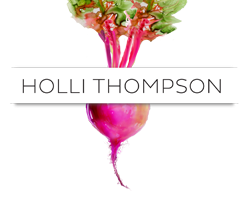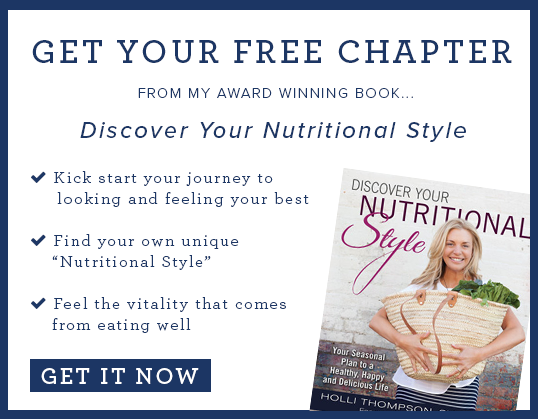How Safe is Your Sunscreen?
Do you wear sunscreen every day under your foundation? Heading to the beach soon? There’s something you need to know. The Environmental Working Group (www.ewg.org/2010sunscreen/) has released new information stating that “traditional” sunscreen use may decrease the occurrence of squamous cell carcinoma, that it has no demonstrated influence on basal cell carcinoma, and may actually increase the risk of melanoma, the most deadly form of skin cancer. Their claim is that “traditional” sunscreen protection, which is more than likely the popular sunscreens you are using contain harmful chemicals like oxybenzone, a hormone disruptor correlating to lower birth rates in pregnant women and that the chemicals in sunscreens are absorbed by the body with unknown effects.
“Natural” sunscreens are the recommended choice by the EWG, and they offer an analysis of brands and safety on their website. (www.ewg.org/2010sunscreen/finding-the-best-sunscreens/) The Natural sunscreen ingredient list reads more organic and user friendly, with green tea extracts, beeswax or organic hemp seed oil. But do they work? According to Jeffrey Dover, the president of the American Society for Dermatologic Surgery, natural sunscreens do work, but cautions consumers to apply enough product to be effective. Dover recommends enough sunscreen to fill a shot glass for the entire body. The Center for Disease Control and Prevention emphasizes the use of sunscreen with SPF 15 or higher to prevent sun damage.
The active ingredients in the natural products are titanium dioxide and zinc oxide (think lifeguards and white noses) but today’s zinc and titanium is spun into nanoparticles so they won’t turn your skin white. Sonya Lunder, senior analyst at the Environmental Working Group agrees that nanoparticles are new technology, yet Lunder and her colleagues still believe that natural sunscreens are healthier than chemicals in that they are biodegradable, the LA Times reports.
Of particular concern are traditional sunscreens marketed to babies, otherwise known as their “Hall of Shame”,and the EWG takes a tough stand on several well known grocery store/drug store brands. This is definitely worth taking note of if you have kids. Dermatologist Dr. Zoe Draelos, a consulting professor at the Duke University School of Medicine and spokesperson for the American Academy of Dermatology, who also tests sunscreen products in her laboratory, applauds the EWG for looking at the safety and effectiveness of sunscreens, but feels the group is making unfair “sweeping generalizations,” and recommends you continue to use what you are using, maintaining faith in manufacturers and questioning the absorption of natural ingredients like zinc and titanium oxide to their chemical counterparts.
All parties agree that the FDA needs to get tougher with regulations, offer more thorough and stringent testing, and to provide guidelines that consumers can trust. So what do we do? My personal recommendation is to use natural sunscreens to reduce chemical exposure. All parties agree that the most effective way to avoid over exposure is to stay out of the sun, and if you must be in the sun, wear a hat, seek shade, and cover up. You need your vitamin D, but overexposure isn’t good for anyone.
Some preferred brands:




